The Navy Just Set Up a Hospital in a Norwegian Cave
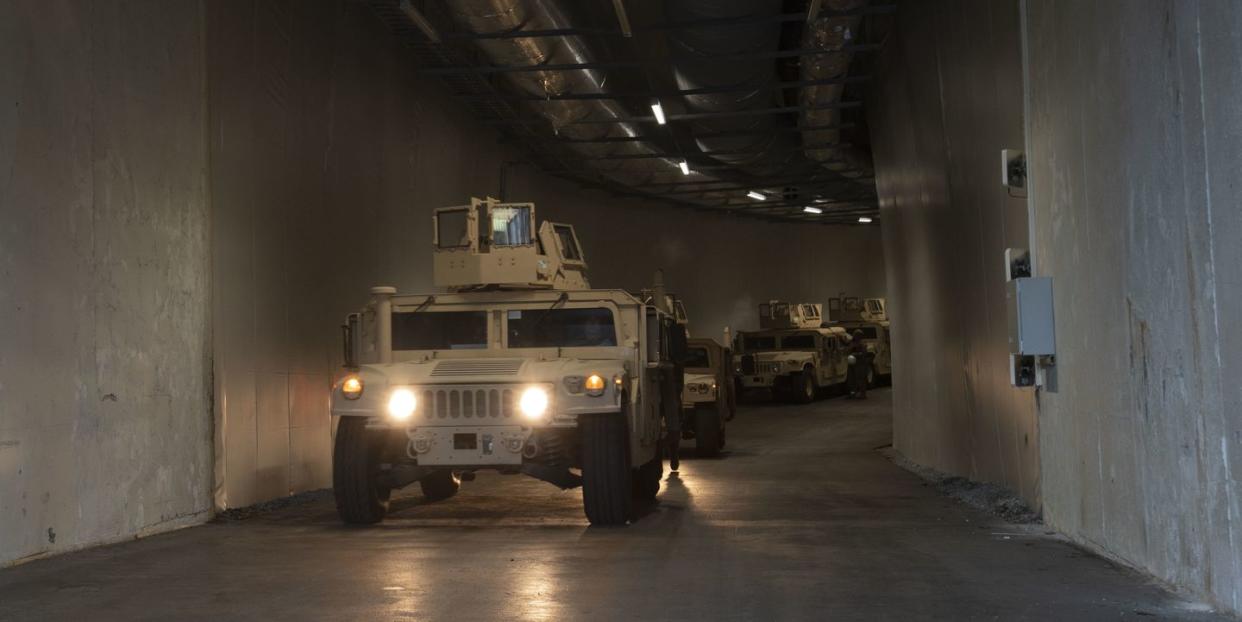
The U.S. Navy has moved a new 150 bed hospital to an underground cave system in Norway.
The U.S. military, particularly the Navy and Marine Corps, have taken to Norway’s cave system as a secure means of storing and operating equipment.
The facilities are used not only to help defend Norway, but project power into the Arctic region.
The U.S. Navy recently announced it had stood up a 150 bed field hospital in one of the most unusual places—a cave in an undisclosed location in Norway. The hospital is just the latest of Pentagon deployments to cave systems in Norway, including U.S. Marine Corps combat equipment and even nuclear-powered attack submarines. While the cave deployments are important to help defend Norway from its bigger Russian neighbor, it also provides a secure base for operating in the increasingly open Arctic region.
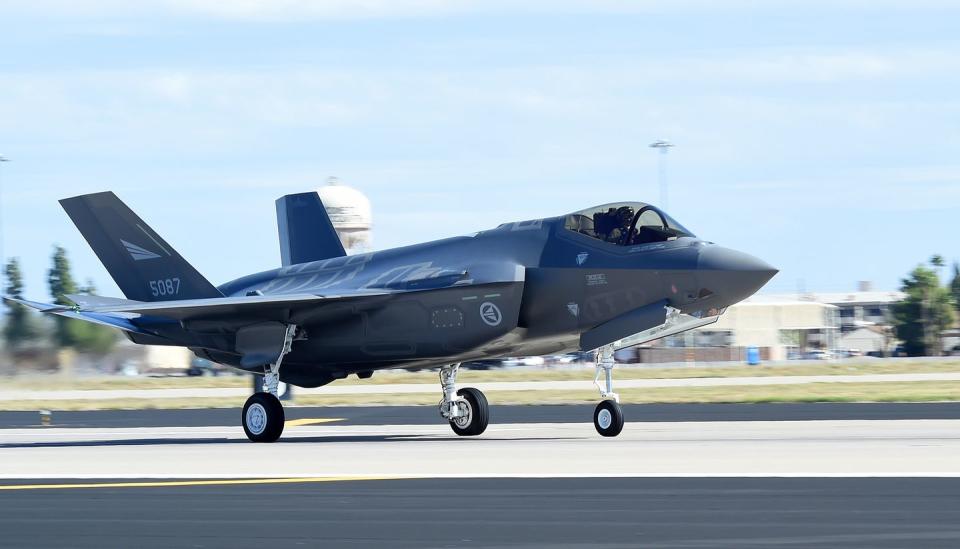
Norway is in one of the most strategically important regions in the Arctic. The oil-rich NATO member shares a border with Russia and sits astride the Norwegian Sea, which the Russian Northern Fleet must pass through to enter the North Atlantic. But as rich as Norway is, it is heavily outnumbered in the region by the Russian military. NATO military allies, particularly the U.S. Marine Corps, regularly practice reinforcing the country in the event of war, stymying a Russian invasion.
⚓️ Don't miss our best-in-class military news. Join our squadron.
One major issue with Norwegian geography: it’s highly mountainous, with flat land at a premium. With just three percent of Norway arable, there’s less room than meets the eye for farming or simply living. That also becomes a factor when it comes to hosting foreign military forces helping to defend the country.
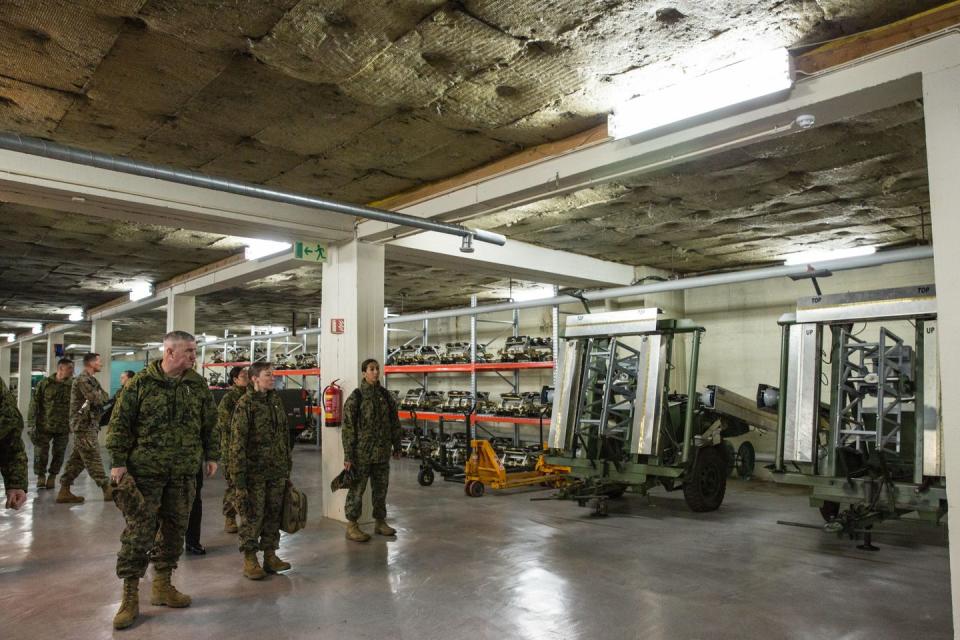
The solution: build caves into mountains. Norway has long built caves for its own armed forces, and starting in the 1980s began building caves to host U.S. Marine Corps units. During the Cold War, the Marines planned to send a Marine Amphibious Brigade to help defend the country. To speed deployment of the brigade during a crisis, all of the unit’s heavy equipment was stored in secure, climate-controlled caves. Rather than sail across the Atlantic and risk losing equipment to submarines, the Marines could simply charter airliners and fly to Norway, their vehicles and equipment waiting for them.
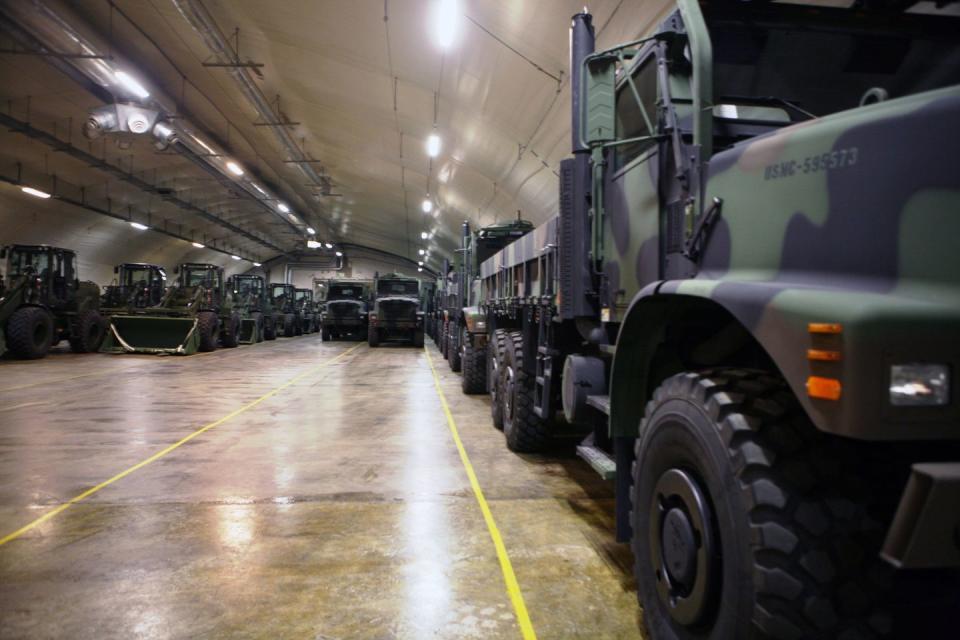
Today, the Marines still plan to reinforce Norway in wartime. The program, known as Marine Corps Prepositioning Program-Norway (a.k.a. “McPippin”) includes enough stored equipment to man a 13,000 brigade, including amphibious assault vehicles, gun trucks, and field artillery, and supplies for up to 30 days of combat, all spread out over 900,000 square feet of cave space. The equipment and vehicles are maintained by both U.S. and Norwegian personnel, ensuring all of the equipment is ready to roll out at a moment’s notice.
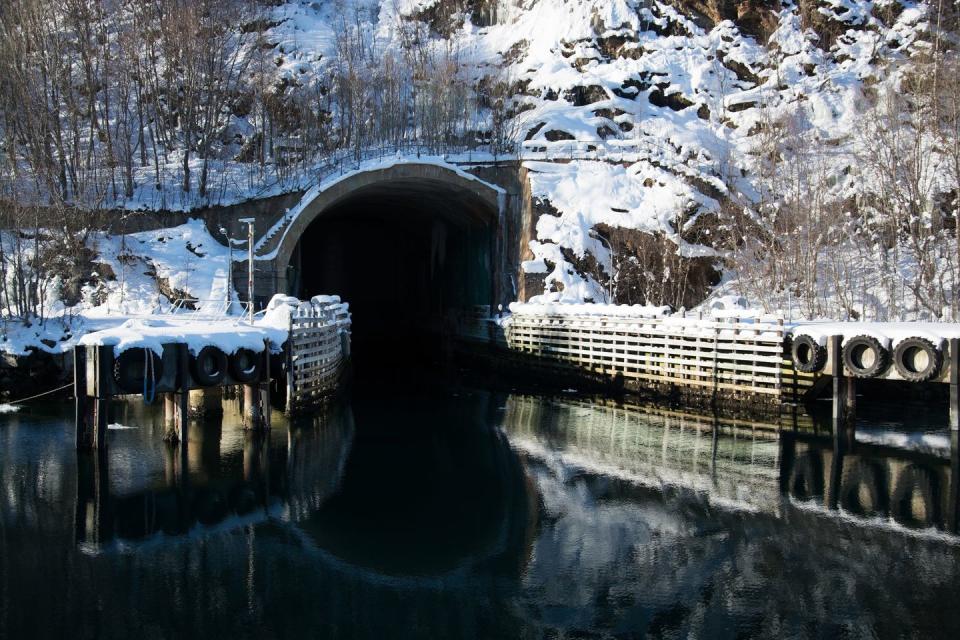
In addition to this deployment of a Navy hospital to a Norwegian cave, the Navy has also worked to secure the “James Bond”-like naval base at Olavsvern. Olavsvern features an underground tunnel for submarines that leads to a submarine dock built into a hillside. The U.S. Navy wanted the facility as a way station for nuclear-powered submarines shadowing the Russian Northern Fleet.
While many of these bases were explicitly built to help defend Norway, the changing climate is giving them a secondary purpose: projecting power into the Arctic region. As temperatures worldwide slowly climb, ice in the arctic and antarctic regions is melting, uncovering previously untapped natural resources and, especially in the arctic, new trade routes between Europe, North America, and Asia. Both China and Russia are making their own plays for establishing a presence in the region, and Russia in particular is rejiggering its military and expanding existing bases to form a series of outposts across its northern frontier.
U.S. equipment based in Norway has been used as far away as Cambodia, but a warming planet means one day they could see action closer to their home cave. Competition across the new, changing arctic will make the region more important than ever before, and to U.S. military planners, make American bases in Norway more important than ever before. When is a hospital in a cave in Norway not just a hospital in a cave in Norway? When it’s paired with the most expeditionary-minded military the world’s ever seen, sitting on the edge of the world’s newest potential hotspot.
You Might Also Like

